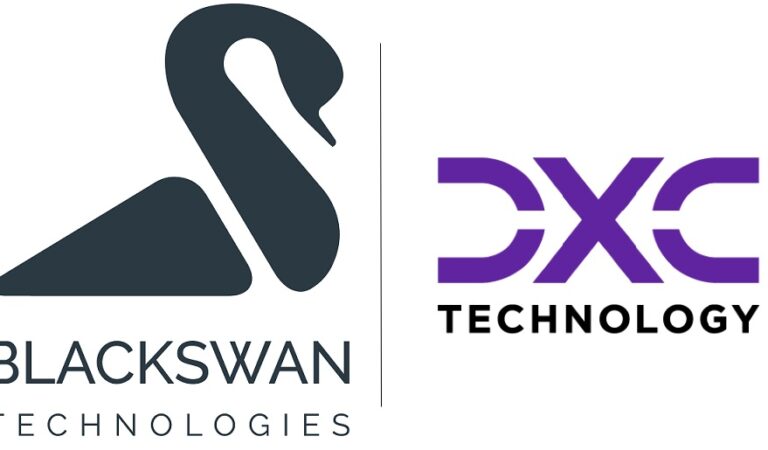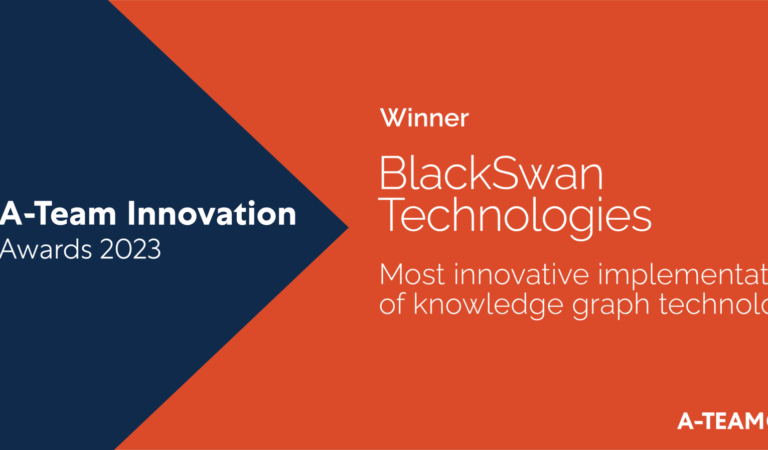
Aug. 12, 2021
Adverse Media Monitoring has Evolved; Banks Need to Take Action
By Harinder Singh Sudan & Scott Lichtman @BlackSwan Technologies
Advances in AI for negative news screening mean that banks can strengthen their financial crime compliance
What once was leading-edge in the world of Know Your Customer practices has now become an expectation. Adverse Media Monitoring (AMM), also known as negative news screening, is an essential element in identifying risks inherent in a customer or business partner relationship. Media screening covers news reports, legal and financial filings, social media and blogs, and more. Not only does this screening need to take place at the outset of the relationship – for example, when onboarding customers – but it’s orders of magnitude more effective when performed on an ongoing basis.
For those organisations in financial services and other industries with great risk of compliance penalties or reputational damage, there are certain features of AMM that are essential to achieving your risk management objectives. This article highlights four key capabilities that have evolved within AMM that firms should look out for.
1 Human-Like Interpretation of Meaning in Media
When interpreting commentary about a company or person, some solutions search for matches against a database of special terms, like ‘lawsuit’ or ‘investigation’. However, a keyword-only method of analysing meaning in text-based communications is far from adequate when it comes to understanding commentary. Simply having a negative term appear near an entity’s name is no guarantee that the term is about that entity. It’s not surprising, then, that traditional keyword searches result in high volumes of alerts with a very high proportion of false positives.
Instead, what’s needed is a system’s ability to understand the gist of the entire text passage and how specific phrases relate to the entity. Advanced AI techniques supporting Natural Language Processing (NLP), contextual analytics and deep learning come into play at this point.
Using these techniques, the system recognises the language of the piece; identifies parts of speech and the relationship between entities and actions; and assesses the emphases in the article and categorises the overall gist of it, tagging the article with labels such as ‘bankruptcy’. The advantage of multi-level NLP and contextual analytics, versus simpler methods, is evident in the reduction of the amount of news that needs to be screened, as well as a dramatic decrease in false positives and the manual screening of flagged articles.
2 An Overarching Assessment of Truth in Media Reporting
It is the nature of the media that the truth can be hard to determine. There can be conflicting viewpoints available, with cultural and linguistic nuances that make those viewpoints harder to rate for ‘negativity’. In addition, there’s the growing occurrence of “fake news” and planted stories. Even a careful analyst needs time and the support of truth assessment technology to assess the implications of a news mention on a business relationship.
To address these factors, an Adverse Media Monitoring system needs a systematic method of tracking all sources about a topic, evaluating which are likely to be more true, and reconciling related data points. For example, two different reports about a company’s financial losses may state “nearly US$10 million” and “€8.45 million” – a systematic method helps to determine which is most accurate.
To accomplish this, a deep learning AI model scores each article for precision – the likelihood that the facts as extracted are unambiguous. ‘Entity resolution’ techniques ensure that different organisations or people, yet with some similar identifying information, are distinguished. Reconciliation of data points is supported by a prevalence evaluator – how often a fact is asserted across reports. As for the ultimate truth, in many cases, an analyst may need to judge how accurate a source is – at least in the beginning. To make the process more effective, the intelligence discovery engine in the adverse media monitoring application should allow the analyst to indicate his or her rating of the reliability of any source. The system’s machine learning then can adjust its source weightings when drawing a conclusion about negative news flagging and prioritising alerts.
3 Comprehensive Information Sources
Some adverse media monitoring products rely on a licensed catalog of go-to information sources for news. Others incorporate search results from public search engines. While these are an adequate starting point, they leave the screening process subject to information gaps, as well as biases towards more popular and more recent content.
Thanks to the evolution of AMM, a more comprehensive approach is available in some products. This method acknowledges that the most impactful news can come from a vast web of sources, among them: industry journals, stock-shorting analyst commentary, local-area and foreign language publications, messages exchanged on social media and discussion forums, even the dark web. In addition, useful insights, such as lawsuits, may be uncovered in older archives. A robust media monitoring universe would include on the order of 75 million sources, going back five years or more.
4 Seamless Integration with KYC and Risk Management
Many AMM products come as a standalone application, which can be a drawback. Siloed solutions provide only a fraction of the risk assessment effectiveness and labour cost savings of an all-encompassing enterprise solution that is integrated across risk management processes and data sources. API-based coordination is more helpful, but relying solely on APIs to transfer findings still does not facilitate the deepest insights possible.
Since the most advanced AMM approaches extract and analyse reference information like a compliance expert does, the more aspects of an entity’s profile that can be connected, the better results the system provides in triaging situations for special investigation. In short, the system should connect all the dots when scoring and dissecting risk. An effective AI technology for accomplishing this is a ‘knowledge graph’. It represents every entity, i.e. an institution or individual, the relationships between them, all known information about them, and source information about those facts. New data is extracted live, as needed, from the original sources. With this representation, one could be able to piece together a news story about slow shipments by a supplier, with profitability declines at a downstream manufacturer, and a subsequent lawsuit between the parties, then adjust the risk rating for each party automatically, alerting the appropriate risk analysts. One’s analysts also benefit directly, because a knowledge graph is browsable via visual link analysis for deeper exploration.
As a result of the evolution of AMM, a unified approach is now possible. The real benefits are achieved when the findings from AMM are integrated with other relevant information sources, including CRM and financial transaction platforms, and when it operates seamlessly within end-to-end customer/partner screening, including watchlists, fraud & AML detection, alerts and case investigations. This enhances risk assessment intelligence and reaction time, while further reducing labour costs.

Harinder Singh Sudan is a Senior Vice President of the Financial Intelligence Unit at BlackSwanTechnologies. He has close to 20 years industry experience in banking and financial services and leads BlackSwan Technologies FIU practice globally. Prior to joining BST Harinder has worked with a number of tier-one banks, consultancies and managed service providers in UK, Europe and Middle East. He has deep expertise in financial crime compliance covering operations, technology architecture, program management, and delivery of global remediation programs within leading global financial institutions. He is well experienced in defining operating models, processes and data flows and methodologies for large scale KYC/AML transformation programmes. Harinder is based out of London and has an MBA from INSEAD, France and a Bachelor of Technology from IIT-ISM, India.

Scott Lichtman is a Marketing Director at BlackSwan Technologies. He has worked in strategy at Oracle and has helped lead numerous startups. Scott holds a computer science degree from MIT, an MBA from Harvard and a Masters in International Economics from LSE.
Learn more about BlackSwan Technologies at blackswantechnologies.ai or follow us on Twitter and LinkedIn


